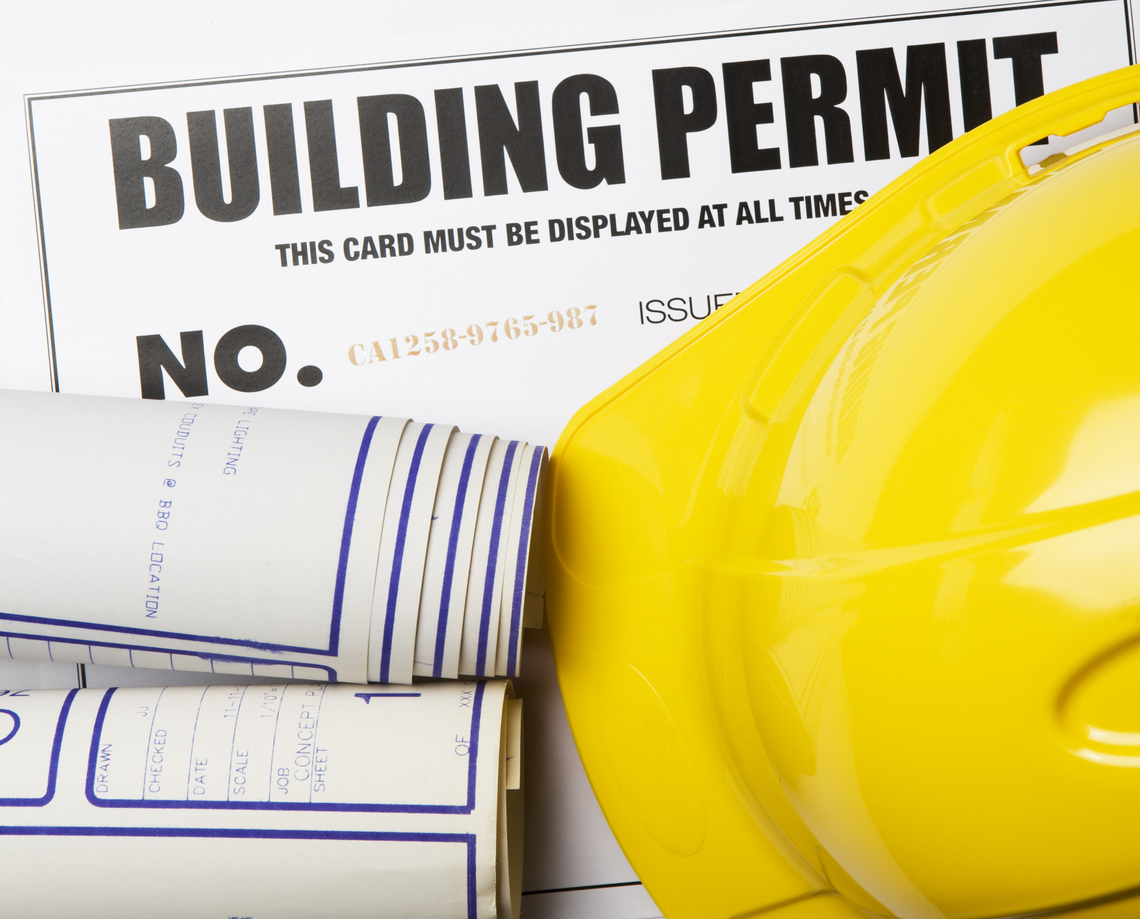For public insurance adjusters, safety should be a top concern when inspecting a loss.
I wanted to remind public adjusters how important it is to be aware of your personal safety when adjusting losses. You are often put in dangerous situations, and it is human nature to take safety and security for granted. Sometimes it takes a close-call to remind us that we need to be more cautious, careful, and calculated in our actions.
At this year’s Windstorm Insurance Conference®, Doug Branham, of Colonial Claims Corporation, Jeffery A. Froeschle, Esq., of Powell Carney Maller Ramsay & Grove, P.A., and Charles R. “Dick” Tutwiler, of Tutwiler & Associates, gave a presentation on safety in the field called Life, Health & Safety Issues for Field Adjusters.
Several tips from this presentation and from other seasoned public adjusters should be incorporated into every public adjuster’s list of business practices and daily habits.
- Leave a flight plan. Many public adjusters work for themselves or work on their own, making it important that to tell someone where they are heading for the day. If you can’t give a member of your staff a list of places you will visit in a given day, be sure to keep an accurate calendar of appointments and give a loved one or business associate access to this information. Updating and sharing your outlook calendar is an easy way to do this.
- Use the Buddy system. Sending more than one person to inspect a loss has its benefits: safety in numbers. While not all crimes take place in high crime areas, you should be more aware of the high crime areas and work with another person even if that person is not an adjuster but an assistant.
- Have an exit strategy. If something seems a little off…trust your gut. As a public adjuster you have a choice of clients and if you feel there is a too much risk in the situation, for whatever reason, exercise your right to get out of the situation.
If you feel your personal safety is not in jeopardy at the loss, you should remember that accidents can happen at a loss site. Many times you are the first expert to evaluate the true extent of the damage at the property. More tips to be safe:
- When it doubt, get out. Consider the extent of the property damage and take particular caution when inspecting buildings with extensive damage. Be sure to consider the structural framing areas of the building that are damaged or that may be damaged. You should treat each loss separately and not assume that because the damage does not look as bad as a prior job that the building is actually stable and safe. Hidden damage is dangerous. Make sure to consider extra temporary lighting so you can see the problem areas better.
- Pay close attention to wet, oily or muddy areas. Also pay attention to debris at the property. Stay in the moment when you are inspecting. Often times, adjusters can be paying more attention to getting a measurement, changing their camera function or looking in another direction when they enter the danger zone. Be alert.
- Keep your guard up when it comes to animals. Friendly Fido might be okay at site inspection one and two, but that doesn’t mean he is your friend on the third visit. Use caution when dealing with domestic animals, especially when the homeowners are not present. You should also have a plan and be on the look out for non-domestic animals, especially in strange areas.
- Utility hazards should also be on your list of dangers. Pay attention to:
- Ladders and electricity poles
- Electricity & water
- Gas lines
Adhering to these safety tips and having a safety plan for your team is incredibly important. As a responding adjuster, public adjusters face many dangers and should be cautious of hazardous environments, security threats, and dangerous situations they face on a regular basis. Having talked about and planned for dangerous circumstances can greatly help you deal with a situation when you encounter it in the field.
Do you have other tips from the field to share with your fellow adjusters? Just post a comment below. The more information about staying safe… the better.
Life, Health & Safety Issues for Field Adjusters, the course presented by Branham, Froeschle, and Tutwiler, was dedicated to the memory of insurance adjuster, Katie Froeschle, who lost her life when she was inspecting a claim in Tampa, Florida. Jeff Froeschle presented this course in memory of his daughter, Katie, in an effort to educate others.
Dick Tutwiler was President of the Windstorm Insurance Network® during the devastating hurricane season of 2004, and in 2005. With his leadership, the Windstorm Insurance Network® contributed the first of many donations to the FSU School of Business for undergraduate and graduate students majoring in risk management in an effort to honor Katie Froeschle. Because of Tutwiler’s work starting the scholarship fund and for leading the Windstorm Insurance Network® during a terrible hurricane season, he was honored with the WIND® Presidential Recognition Award at the most recent conference. A special thanks to these presenters for sharing this information and for their work to help educate others and keep us all safe.



